As a kind of organotin compound, octyltin formate is widely used in catalysts, stabilizers and pesticide formulations due to its unique chemical properties and functional characteristics It has brought significant economic benefits. However, like many organotin compounds, the production and use of octyltin formate may also have adverse effects on the environment, which is mainly reflected in the following aspects, and corresponding safe disposal measures need to be taken to mitigate its potential harm.
Impact on the environment
- Water pollution: Octyltin formate and its degradation products can enter water bodies through surface runoff, industrial emissions, etc., posing a threat to aquatic ecosystems. Organotin compounds are highly toxic to fish and other aquatic organisms and can interfere with the endocrine system of organisms, leading to abnormal reproductive development, growth inhibition and even death, thereby affecting the balance of the entire ecological chain.
- Soil pollution: After using pesticides containing organotin in agricultural production, octyltin formate remaining in the soil can accumulate and gradually penetrate, affecting the activity and diversity of soil microorganisms and reducing soil fertility. , affecting the normal growth of crops. Long-term exposure may also lead to increased levels of heavy metals in soil, triggering soil degradation.
- Bioaccumulative: Organotin compounds are highly bioaccumulative, which means that their concentration in the food chain gradually increases, which may eventually affect top predators, including humans. pose a health risk. For example, by consuming contaminated aquatic products, the human body may ingest excessive amounts of organotin, which affects the nervous system, immune system and endocrine system.
Safety disposal measures
- Strict emission control: High-efficiency waste gas and waste water treatment facilities should be installed during the production process to ensure that they are fully purified before discharge and meet the emission standards stipulated by the country or region. Wastewater containing octyltin formate can be treated by advanced oxidation, activated carbon adsorption, biodegradation and other methods to reduce its direct impact on the environment.
- Reasonable use and substitution: In agricultural applications, the recommended dosage and frequency of use should be strictly followed to avoid over-application. At the same time, encourage the development and use of environmentally friendly alternatives, such as biopesticides and low-toxic and efficient chemical pesticides, to reduce reliance on organotin compounds.
- Safe disposal of waste: Abandoned pesticide containers and residues containing organotin compounds should be collected, stored and disposed of in accordance with hazardous waste disposal regulations to avoid random disposal causing environmental pollution. Professional recycling agencies should use methods such as incineration and chemical neutralization to safely destroy these wastes.
- Environmental monitoring and risk assessment: Regularly conduct environmental monitoring in areas where octyltin formate is used, including measurement of water quality, soil and organotin content in organisms, to assess its impact on the ecological environment. Based on monitoring data, conduct risk assessments and timely adjust management measures to ensure environmental safety.
- Public education and training: Improve public awareness of the environmental risks of organotin compounds, train pesticide users on the correct use and safe disposal, enhance environmental awareness, and reduce environmental pollution caused by improper use .
In summary, although octyltin formate plays an important role in specific fields, its potential harm to the environment cannot be ignored. By implementing strict environmental protection measures, promoting technological innovation and strengthening the enforcement of laws and regulations, we can minimize its impact on the environment while ensuring economic benefits, and achieve harmonious coexistence between the economy, society and the natural environment.
Extended reading:
Dabco amine catalyst/Low density sponge catalyst
High efficiency amine catalyst/Dabco amine catalyst
Toyocat DT strong foaming catalyst pentamethyldiethylenetriamine TosohDABCO 1027/foaming retarder – Amine Catalysts (newtopchem.com)
DBU – Amine Catalysts (newtopchem.com)
High Quality 3164-85-0 / K-15 Catalyst / Potassium Isooctanoate
High Quality Bismuth Octoate / 67874-71-9 / Bismuth 2-Ethylhexanoate





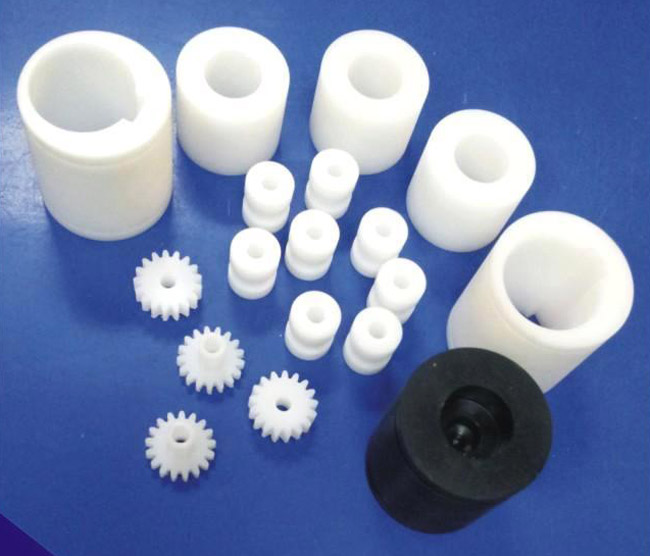


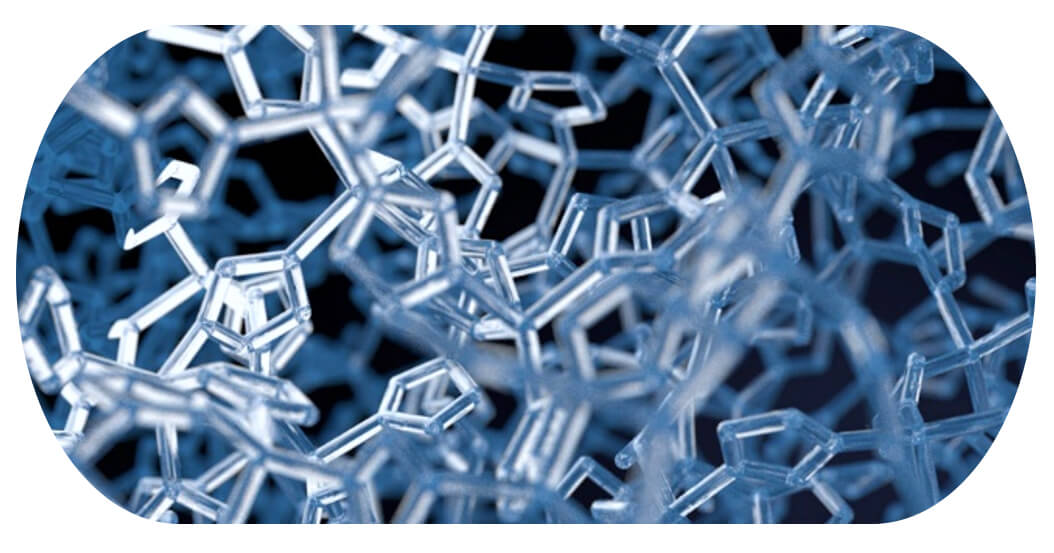
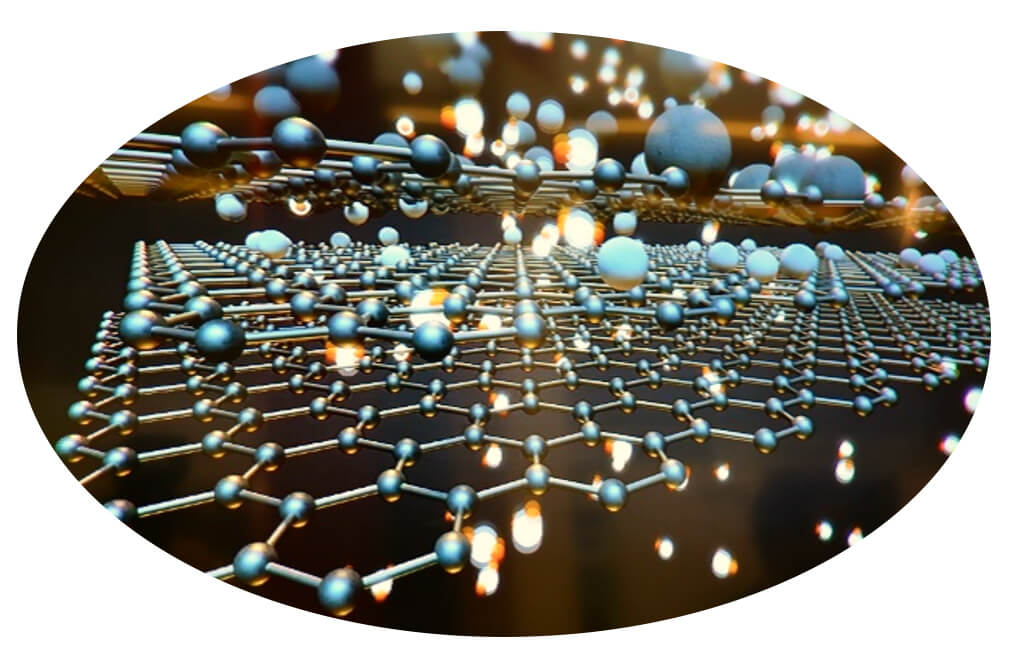


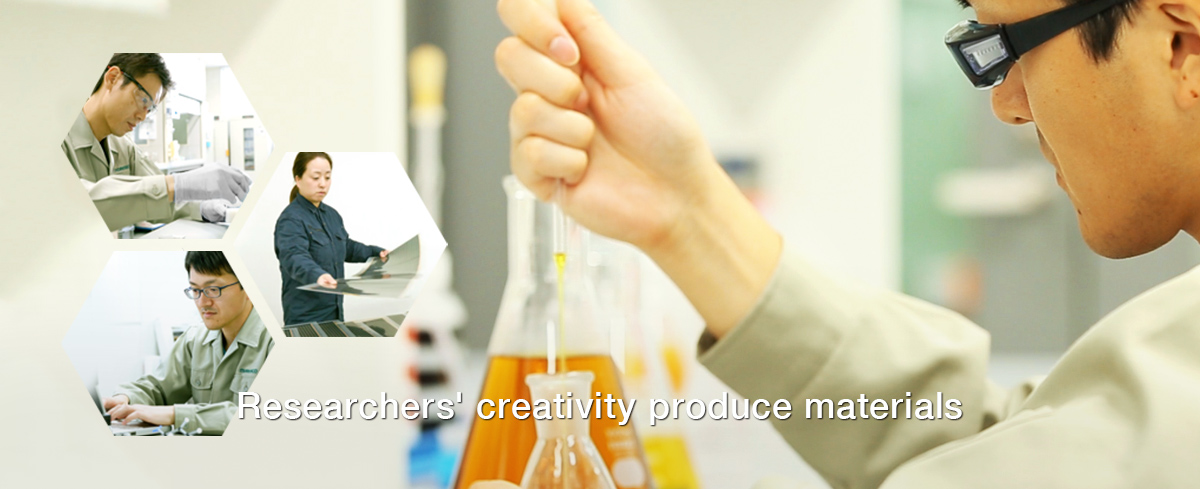





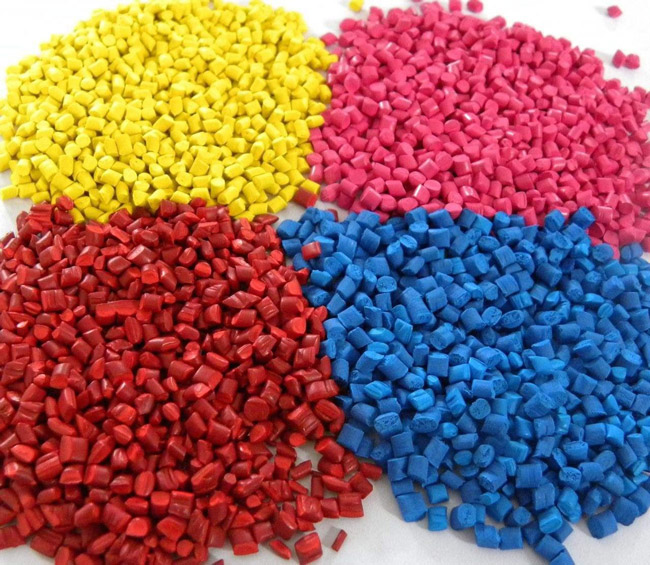

Comments